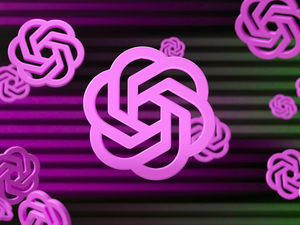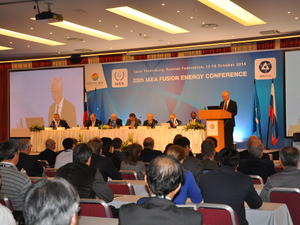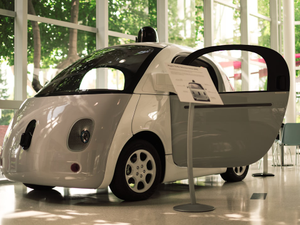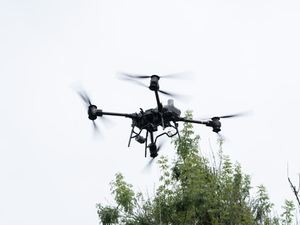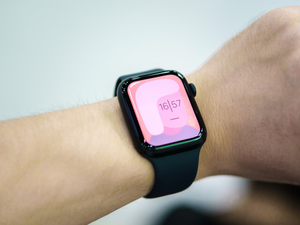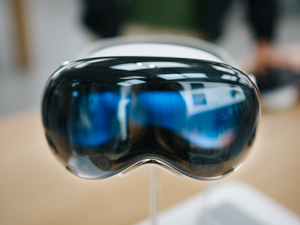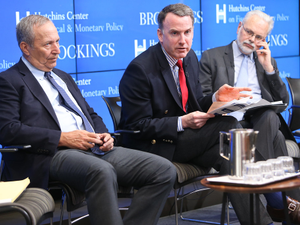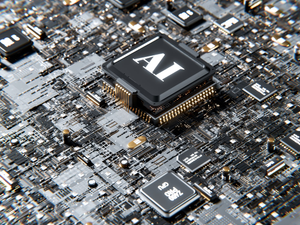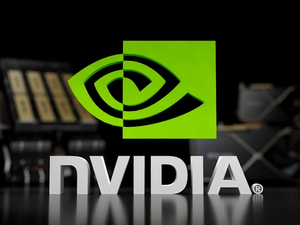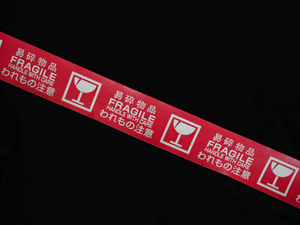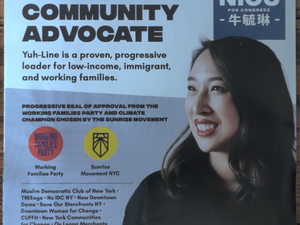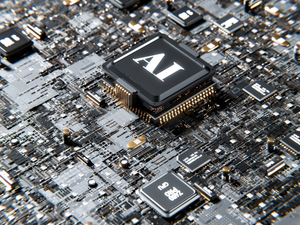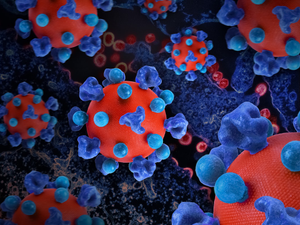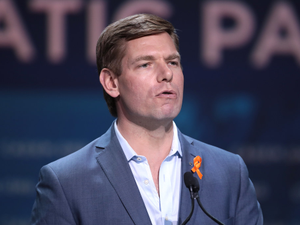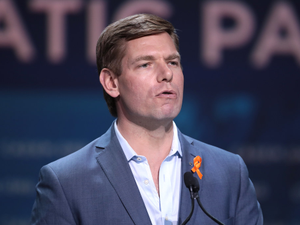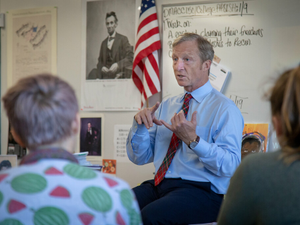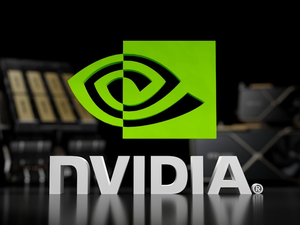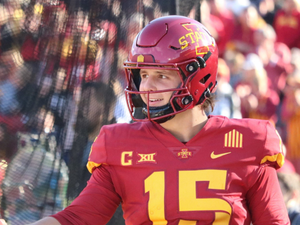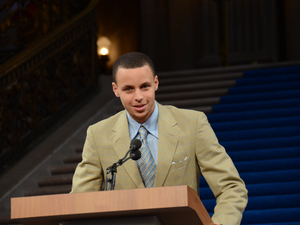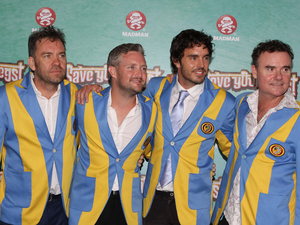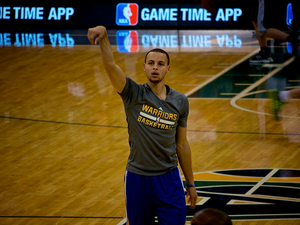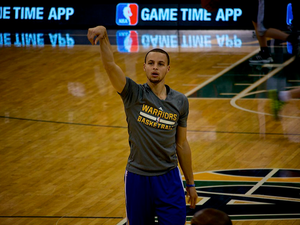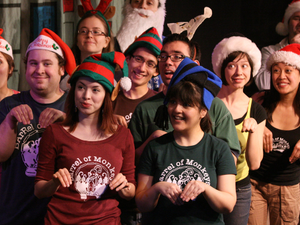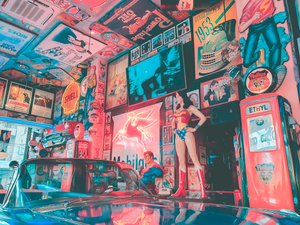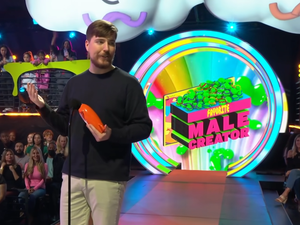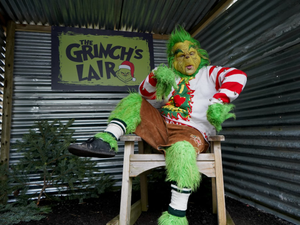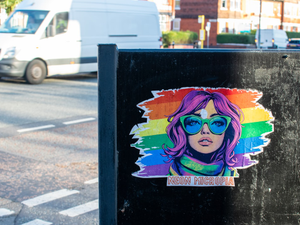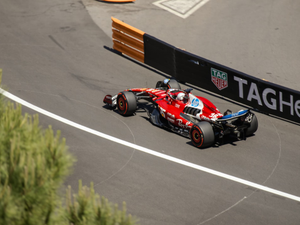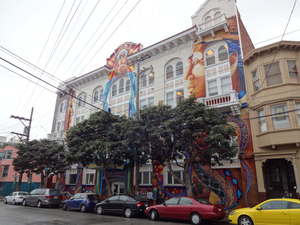Bay Area Teen's AI Hustle: Breaking Silicon Valley's Next Big Dream

In the heart of the tech world, a 13-year-old is proving that age is just a number when it comes to innovation. Michael Goldstein, a young tech enthusiast from Toronto, is making waves in Silicon Valley with his ambitious AI entrepreneurial spirit.
This summer, Goldstein embarked on a remarkable journey, attending tech conferences, meeting OpenAI founder Sam Altman, and networking with venture capitalists - all before starting high school. His passion for artificial intelligence has caught the attention of tech professionals who are increasingly seeing young talents diving into the AI ecosystem.
Goldstein’s approach to coding is what tech insiders are calling “vibe coding” - using AI tools like Cursor to generate code through strategic prompts. Despite admitting he can “only half-code,” he’s pivoted from his initial startup Neatly to a new project called Kodo, which he claims is the “world’s most powerful AI design agent”.
His networking skills are equally impressive. During his San Francisco trip, he cold-emailed Altman’s assistant and secured a meeting at OpenAI headquarters, where he boldly asked the CEO about startup strategies and investment advice. Altman reportedly suggested he seek a $100,000 investment from Andreessen Horowitz.
While some in the tech community celebrate these young entrepreneurs, others caution against rushing childhood. Vasuman Moza, an AI tool founder, criticized the trend of pushing children into intense entrepreneurial environments.
The AI landscape for youth remains complex. Recent California legislation like Senate Bill 243 now requires clear notifications about AI-generated content, reflecting growing concerns about young people’s interactions with artificial intelligence.
Gever Tulley, founder of San Francisco’s Tinkering School, sees potential in this emerging generation. “These post-vibe-coding developers see AI as a tool to get things done,” he explained, suggesting that future innovations might come from unexpected young sources.
For Goldstein, the motivation is simple: “It’s fun to make things people use,” a statement that encapsulates the unbridled enthusiasm driving the next generation of tech innovators.
AUTHOR: kg
SOURCE: SF Standard

